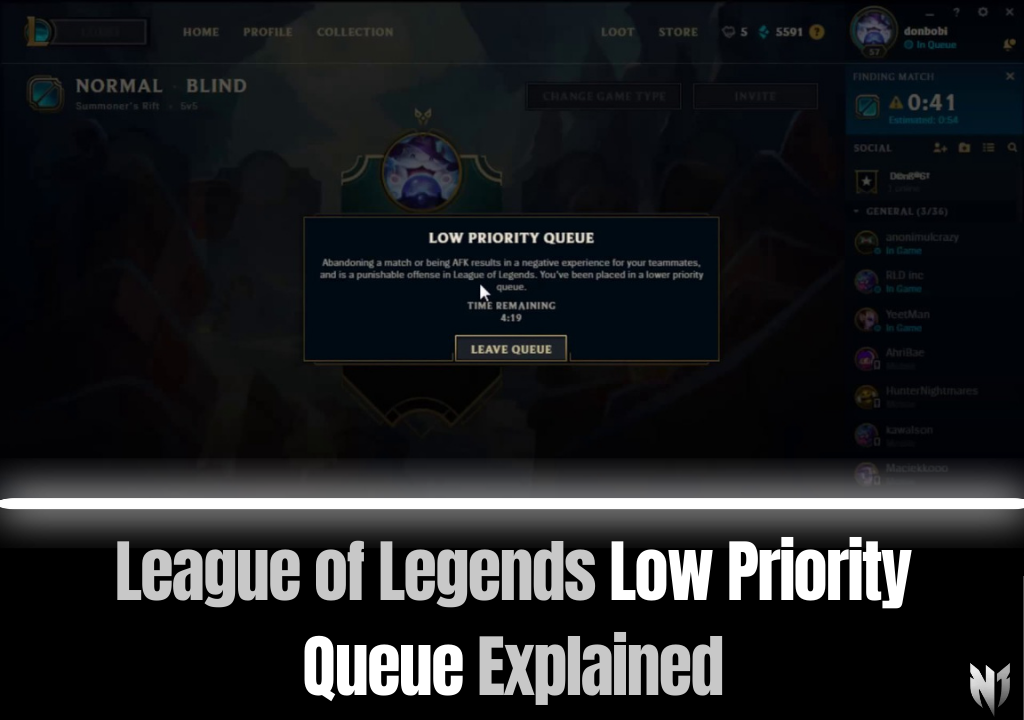

The low priority queue is a punishment system implemented by Riot Games to penalize negative behaviors such as intentional feeding, early match exits, or abusive chat in League of Legends. Players exhibiting toxic actions are subject to the low priority queue as a corrective measure.
When placed in the low priority queue, players face increased queue times, often 5 minutes or longer, compared to the normal 1-2 minutes. This delay discourages repeated offenses and encourages players to reflect on their behavior.
The number of games a player must complete in the low priority queue depends on the severity of their offenses. A single offense may result in a 5-game penalty, but consistent toxic behavior can lead to more than 20 games in the low priority queue. This ensures that players who engage in more severe or frequent negative behavior receive harsher penalties.
The goal of the low priority queue is to encourage reformation. Players who complete their low-priority games can return to normal matchmaking, but those who continue toxic behavior will face escalating punishments. The system is designed to teach that good behavior is rewarded, while toxic behavior has consequences.
In summary, the low priority queue serves as a corrective tool in League of Legends, designed to curb toxic behaviors by imposing penalties like extended queue times. Players who continue to misbehave will face harsher punishments, while those who reform can return to the standard game experience.
Professional boosting with No Cheats, 100% Refund Guarantee, and Trusted Boosters.